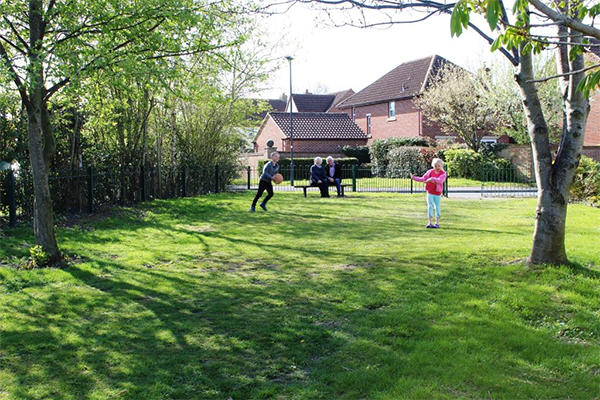
Kate Ashbrook, general secretary of the Open Spaces Society, Britain’s oldest conservation body, says:
‘Often town, parish and community councils (local councils) are unaware of all the extensive powers they have to deal with problems on open spaces and paths.
‘These powers are scattered in different and sometimes obscure pieces of legislation. This is why we have brought them together in one document, What local councils can do for public access to town and countryside.
The guide explains the powers specifically conferred on local councils, and the powers which, although available to the public in general, are best exercised by the local council because it has the authority and more resources than most individuals and voluntary organisations.
Kate continues: ‘For instance, local councils are best placed to take enforcement action against unlawful encroachment on a common or green. They can force the highway authority to remove obstructions on a public right of way, and use their unique power of veto to prevent the extinguishment or diversion of a route with vehicular rights, including roads and highway verges.
‘The society has many local-council members and we encourage others to join us, and to benefit from our training courses and our advisory service, so that they can exercise their legal powers in defence of open spaces and paths.’
The guide covers:
Common land – how to:
Town and village greens – how to:
Other open spaces – how to:
Public rights of way – how to:
Common land is land subject to rights of common, to graze animals or collect wood for instance, or waste land of the manor not subject to rights. The public has the right to walk on all commons, and to ride on many. Commons are recorded on common-land registers held by the county or unitary council.
Town and village greens can be any land which has been enjoyed by local people for 20 years, without being stopped or asking permission. But if a landowner wishes voluntarily to register land as a green, he or she may do so merely by providing proof of ownership and the consent of any leaseholder or chargeholder. Once registered the land is protected by section 12 of the Inclosure Act 1857 and section 29 of the Commons Act 1876, and local people have rights of recreation there.
Local Green Space (England only) is described in paragraphs 101-103 of the National Planning Policy Framework 2021. It must be reasonably close to the community it serves; demonstrably special to a local community; local in character and not an extensive tract of land. It is given the same protection as green belt. The land can only be designated when the neighbourhood plan is being produced or the local plan reviewed. See here.